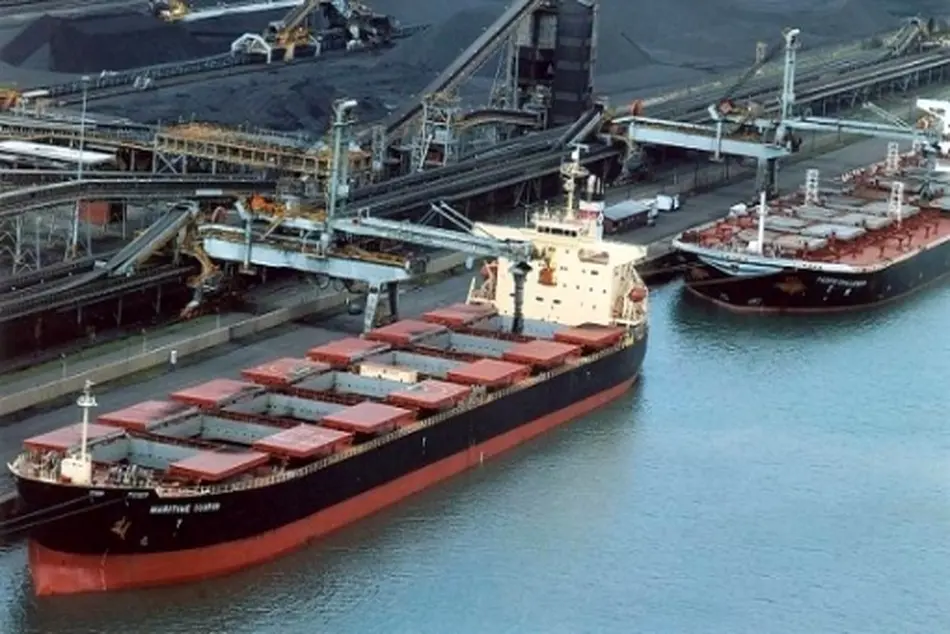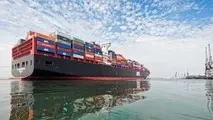Shipping: Getting ready for recovery

It has been a brutal few years in the shipping and offshore markets with overcapacity, declining demand and the dramatic fall in oil prices all contributing to historically low charter rates and plummeting asset values. It is no wonder that owners and operators have adopted defensive strategies in recent years.
The recent bid by Borr Drilling for Transocean’s jack-up fleet is one of a number of transactions which could suggest that the arrow on the shipping and offshore barometer may no longer be locked between ‘stormy’ and ‘rain’ and could be about to swing towards ‘change’ or perhaps even ‘fair’.
History dictates that when Norwegian investors start to take aggressive positions, the bottom of the market is at least within sight and recovery may not be far away. Certainly the first few months of 2017 indicate that there is a marked increase in deal flow since 2015 and 2016.
While in recent years owners have been battening down the hatches in a bid to survive, consideration is now being given as to how and when to act in order to seize the opportunities that may present themselves during recovery.
New assets
With order books at the major shipyards at their slimmest for many years, shipyards are increasingly desperate to sign new orders and build up their backlog, and as a result prices in many vessel classes are 15 to 25% cheaper than they were a couple of years ago. However, unfortunately for the shipyards, almost-new second-hand tonnage can often be obtained even more cheaply.
Therefore, owners on the lookout for new tonnage – either to replace ageing assets or to expand their existing fleet – have opportunities to acquire assets at historically low prices. However, as shipping cycles have taught us, when markets begin to pick up so do the prices and the best time to obtain assets at the most attractive prices may well be in the coming months.
Financing
The acquisition of any newbuild or second-hand asset requires access to capital and, unless an owner is sitting on significant cash reserves or has the benefit of shareholders with both deep pockets and an appetite for counter-cyclical play, it will be forced to raise funds externally.
With many of the western shipping banks having had their fingers badly burnt in recent years, traditional bank financing is still difficult to source. As a result, owners are having to consider other financing solutions and export credit agency financing, alternative lending institutions (eg, hedge funds), Chinese banks, Chinese leasing houses, sellers’ credit and private equity are increasingly playing an active part in the financing of new assets, either alone or in combination with other options.
The resurgence of the secured Norwegian high-yield bond market – which has been virtually dormant since 2014 – may also be beginning. This has been indicated by increased activity, with secured bonds having been placed in the first half of 2017.
One thing is certain: with the traditional banks less active other than with blue-chip clients, the cost of financing is becoming much more expensive, at least in the short term, with alternative lenders continuing to price risk into their margins and fees.
Chartering
In recent years, owners have been faced with some tough choices between accepting off-market terms – including assuming risks and liabilities that have traditionally been regarded as charterer risks – and unprofitable rates or risking their vessels or rigs lying idle.
With change on the horizon, owners must now decide whether to continue to accept such off-market terms or to hold out for better terms.
Therefore, owners should be wary of locking themselves into long-term charters on the current terms and rates. They should at least consider inserting contractual mechanisms into their agreements for breaking or renegotiating the terms of the charter if and when the markets pick up.
Re-mobilisation
With many rigs and vessels having been cold or warm stacked since 2014, owners may now be considering whether the time is right to re-mobilise these assets in preparation for a recovery.
However, the costs of re-mobilisation can be significant depending on the type of stacking that has been used, the length of time an asset has been idle and the standards of maintenance that have been employed during this time. In some cases the costs of re-mobilising may outweigh the potential income going forward.
Scrapping
If the costs of re-mobilising outweigh potential income, scrapping may be a better option for owners. This may also have a wider benefit for the industry as a whole by helping to reduce overcapacity and thereby helping to restore much-needed balance to charter rates. With scrap values on the rise in 2017 so far, now may be the right time to act.
However, in deciding where to scrap or recycle their assets, owners will need to weigh up the costs and risks of transportation to the relevant yard as well as the applicable regulations and reputational risks that may influence their decision.
Comment
Despite the potential for a recovery, times will no doubt continue to be difficult for many owners and operators for some time to come. Tough decisions will need to be made in the coming months as to when and how to act to stay ahead of the curve.



